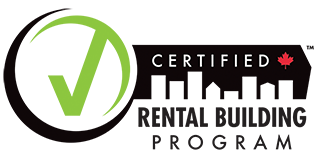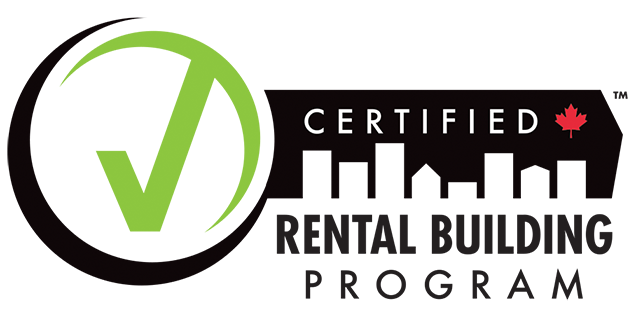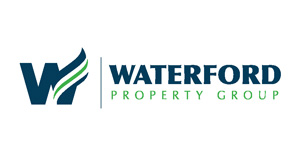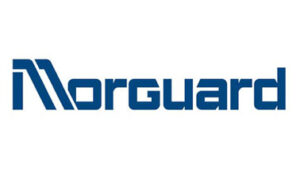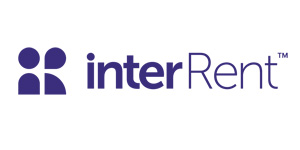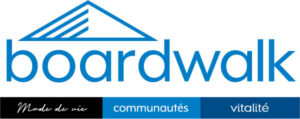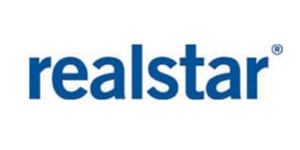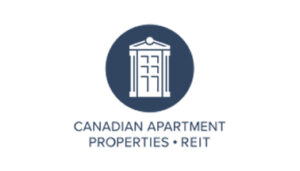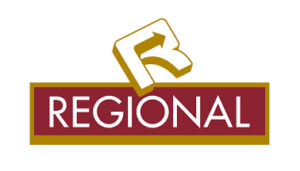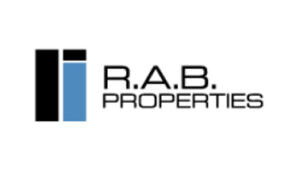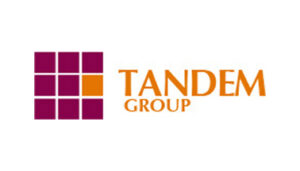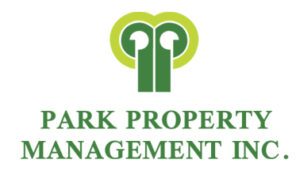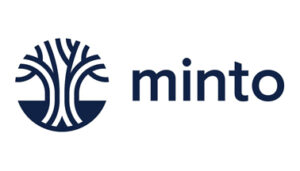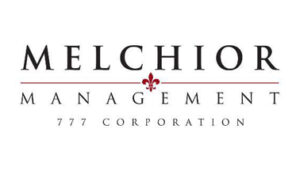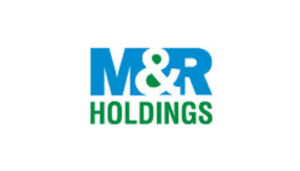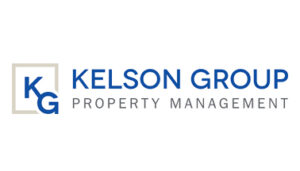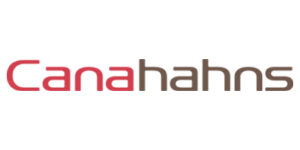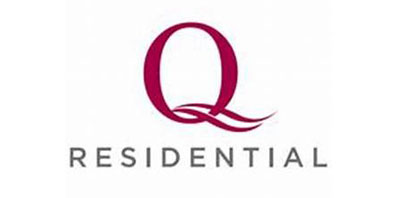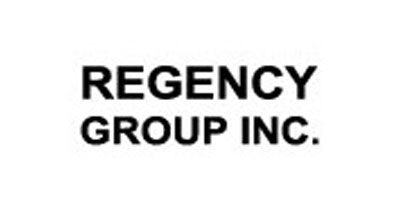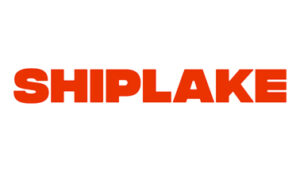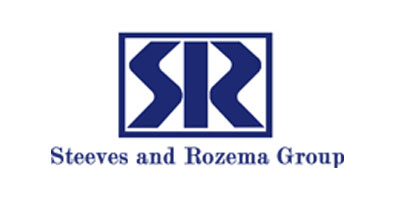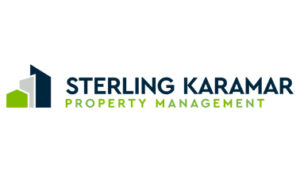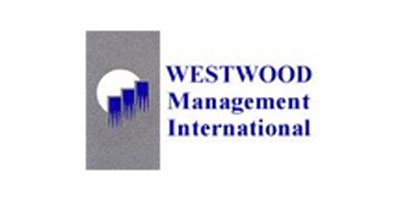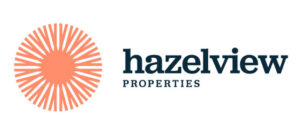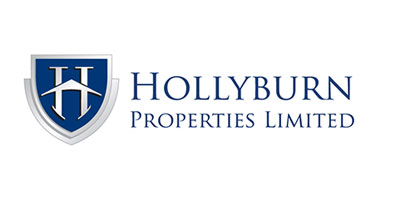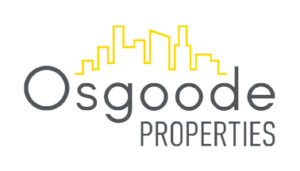Edmonton is the most northerly city in North America, and has a metropolitan population of over one million. Though it is the provincial capital, it is the second largest city in Alberta after Calgary. Edmonton is very reliant on cars, so many shopping and entertainment hubs are based in a few key areas, such as South Edmonton Common, Whyte Avenue, West Edmonton Mall, and Jasper Avenue, to name a few. Though Edmonton’s economy, along with the province of Alberta, has met with some challenges in recent years, the diversity of the city’s jobs market means that opportunities are available across sectors for those who are willing to look.
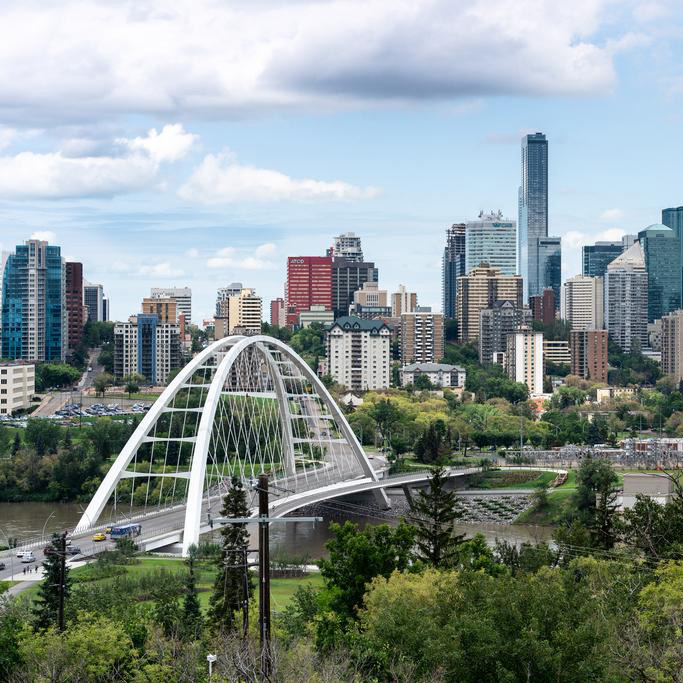
The Edmonton Transit System is the city’s main public transit agency, operating the Edmonton Light Rail Transit (LRT) line as well as a large fleet of buses. The LRT is expansive, going all the way from the north to the far reaches of the south side. One drawback is that the LRT line only runs north-south, and not east-west.
The Edmonton Transit System incorporates the LRT network that joins major central and downtown areas and a bus system that connects the entire city.
Interactive transit map for Edmonton.
Edmonton has a relatively dry humid continental climate with extreme seasonal temperatures. Edmonton experiences warm summers and cold winters, with average daily temperatures ranging from −11.7 °C (10.9 °F) in January to 17.5 °C (63.5 °F) in July. However, temperatures can swing up past 30 °C (86 °F) and down below -20 °C (-4 °F) for a couple of days every year.
Summer typically lasts from late June until late August and the humidity is seldom uncomfortably high. Winter lasts from November to March and varies greatly in length and severity. Spring and autumn are both short and highly variable. Thunderstorms occur regularly during the summer months, and although they occasionally do damage, they can be spectacular.
Living in Edmonton offers a range of employment opportunities. As it is a major oil and gas centre, it attracts many migrant workers. As a result of this, the city is ethnically diverse, with more than 25 per cent of the local population belonging to a “visible minority”, mainly Chinese and other Asian ethnicities.
Living in Edmonton is fun-filled, it plays host to several large festivals each year, contributing to its local nickname “The Festival City.”
Edmonton has a thriving cultural scene which includes galleries, theatres, live music venues and concert halls, including one of the most acoustically perfect concert halls in Canada, the Francis Winspear Centre for Music. From the Edmonton Symphony Orchestra to Cadence Weapon and Shout Out Out Out Out, the city has given rise to many notable musicians.
Edmonton is famous for the West Edmonton Mall, the largest shopping mall in North America. The mall offers an extraordinary number of activities, including an indoor amusement park with one of the largest indoor roller coasters in the world, a swimming pool with water park, marine life shows, mini golf, bowling, a skating rink and laser tag.
Residents of Edmonton enjoy the highest average household income in Canada with an affordable cost of living. Taxes are lower, and there is no provincial sales tax (PST). On average, Edmontonians have more disposable income than most other Canadians.
Edmonton also has the lowest gasoline and diesel prices in Canada. For many residents, cars are the primary mode of transportation.
One of the most important aspects of getting settled in Alberta is health care. Although every province in Canada offers publicly-funded healthcare that covers most medically necessary services, all immigrants and newcomers must apply to be eligible. Today, we’ll guide you through the application process for Alberta health care, and show you what you need to know to secure your Alberta health card.
The process of applying for health care in Canada may feel complex, but it doesn’t need to be. Each province administers its own health care, so you only need to learn the regulations for your region. In Alberta, health care is offered under the Alberta Health Care Insurance Plan (AHCIP).
The Alberta Kindergarten to Grade 12 (K to 12) school system includes programs for students ranging from pre-school age to senior high school age. Alberta’s provincial government is responsible for the curriculum within Alberta schools. This outlines what students are expected to learn and do in all subjects and grades. It is designed to help students achieve their individual potential and create a positive future for themselves, their families and their communities.
There are modern schools across rural and urban Alberta. Students and teachers have access to technology to enhance the teaching and learning experience. Students and teachers may use videoconferencing, interactive whiteboards, computers, and various other educational tools.
THINGS TO DO IN THE CITY
On the hunt for the best things to do in Edmonton? You’ve come to the right place. Lose yourself in the immersive experiences at the Royal Alberta Museum or the Art Gallery of Alberta, breathe in the glory of the Northern Lights from our dark sky preserves, or embrace the fun (and shopping) at West Edmonton Mall.
Check out the full range of events and activities at: Explore Edmonton
